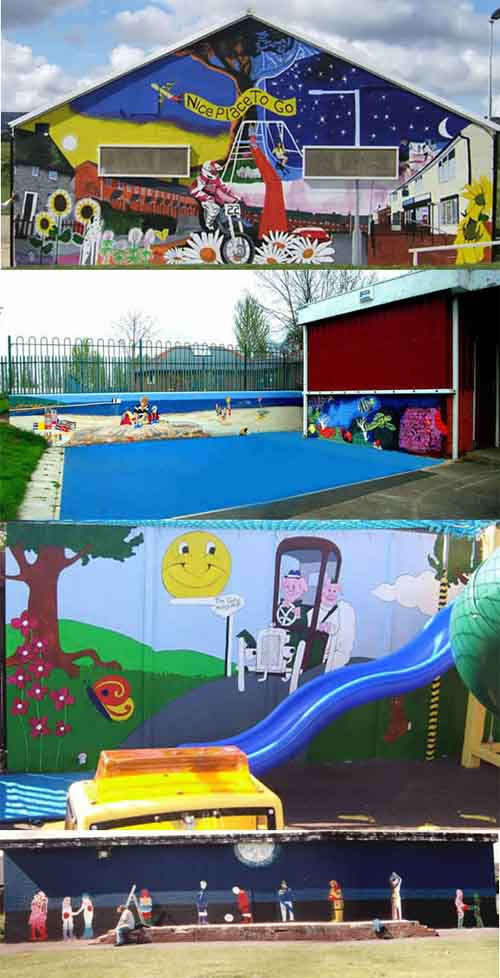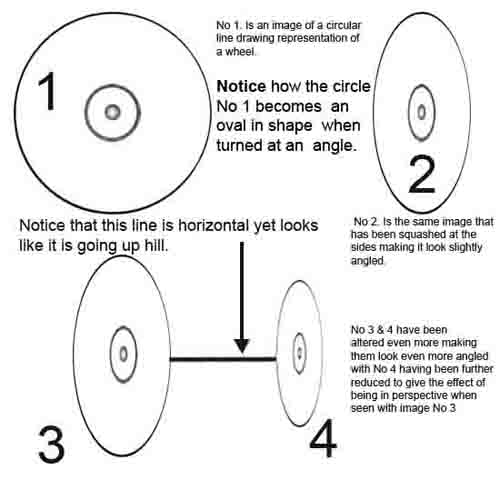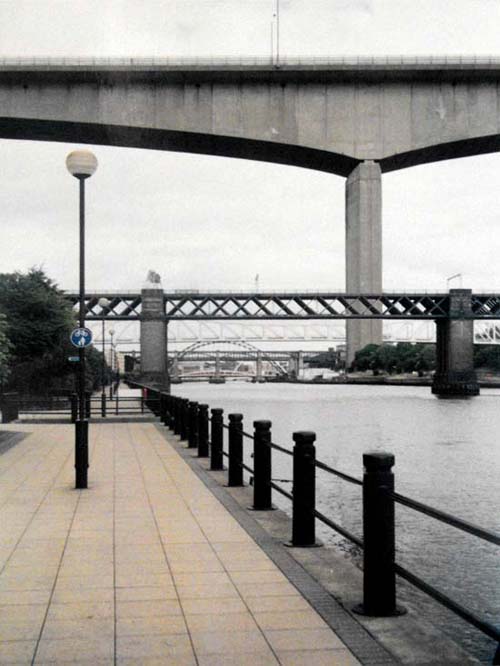Make your own graffiti art because it’s not as difficult, as you might think, it only takes, a basic knowledge and some practice. There are numerous styles of graffiti, but the most common factors are as follows.
- They are painted in strong vibrant colors, that often clash.
- They are intended to be attention grabbing.
- They are often emotive concepts, that question the norm.
- They often contain 3D lettering.
- They often contain lettering that overlaps.
The heavy bold 3D lettering is very apparent, in the majority of graffiti art images and is usually the starting point, for most potential artists, as it most often starts with your name, tag or handle. Many of the same, distinctive, bold style lettering’s, used in advertising to create impact, are also used by the graffiti artist, so are a good place to look, for ideas. It most often reflects and resembles, the branding or advertising art world, in many ways but chiefly as a counter alternative, usually with a strong, social, political massage, that the artist is passionate about.
- The pictures or pieces of work themselves, will contain sharp hard hitting contrasts.
- They will be painted in stark vivid colors.
- They will be well defined, with strong shadows and outlines.
The best way to start, your piece of graffiti art, is by drawing smaller ideas and outlines, that you can later scale, up to any size, this will help you to understand, the problems you might face, when attempting to create something bigger. Scaling your ideas, is a simple task, once you have a smaller drawing or painting to work from. There is an endless supply of ideas online, if you need them, for fonts to use in your graffiti, as well as examples of graffiti, created by others to feast your eyes upon and incorporate into your own work.
The tools to use for your designs or ideas are, pencils, felt tipped or marker pens and fine line drawing pens, all of these come in a very wide range of distinctive and vivid colors, that make them an ideal choice, for graffiti artists. If you need ideas for a graffiti font to use, there are plenty of sites online, that have examples for you to copy.
Outlines can be created with a graphite pencil and or any permanent black ink pen but fine line and wide chisel or bullet tipped markers, are a preferred choice of many. Shading around the letters you’ve outlined, with a range of different colors will enhance the 3D effects of your lettering, to make it more distinctive.
Make your own graffiti art because it is really easy, if you use these methods and it is not as difficult, as you might think.
- Make your own graffiti art, Images of Brynteg, Caia Park Nursery, Gate Hangs High, Chester, Blacon YPP murals on buildings and an installation piece at Caia Park Nursery.
Yes I know, that there are many who would not consider this graffiti but I say “make money not trouble”.
When you are ready, to paint your outline drawings and ideas onto canvases or bigger surfaces, you can use the grid reference method, by marking out a grid over the top of the drawing, you want to enlarge. You then recreate this grid onto the area, where you want to redraw, your original drawing and then use it to measure, where everything goes by comparing grids. Very large areas can be marked out with string, by impregnating it with chalk or charcoal, simply by rubbing it into the fibers, when the string is in this condition, you stretch it out tightly, across the area that you want to mark out. Then you pull it out from the middle and let it go, so it then snaps back against the surface of the new drawing area, leaving a mark imprinted on to it.
You can then use the chalk or charcoal to redraw, the outlines onto your new drawing area. Spray paint the main outlines, with a similar color to the background but a couple of shades lighter or darker, so it will cover more easily if you need to change anything later, allow this to dry before continuing.
Then you can begin to fill in the details and your areas of color, with spray paint in much the same way, by starting with the lightest colors first and the largest areas, then putting in the details. Finally you can carefully fill out the black outlines, with your spray paints, adding highlights and finishing touches at the same time, you can even use a brush, to do your very fine details. Once again let me say make your own graffiti art because it’s not, as difficult as you might think, it is really easy, if you use these methods.
View Gareth Pritchard’s profile on G+




